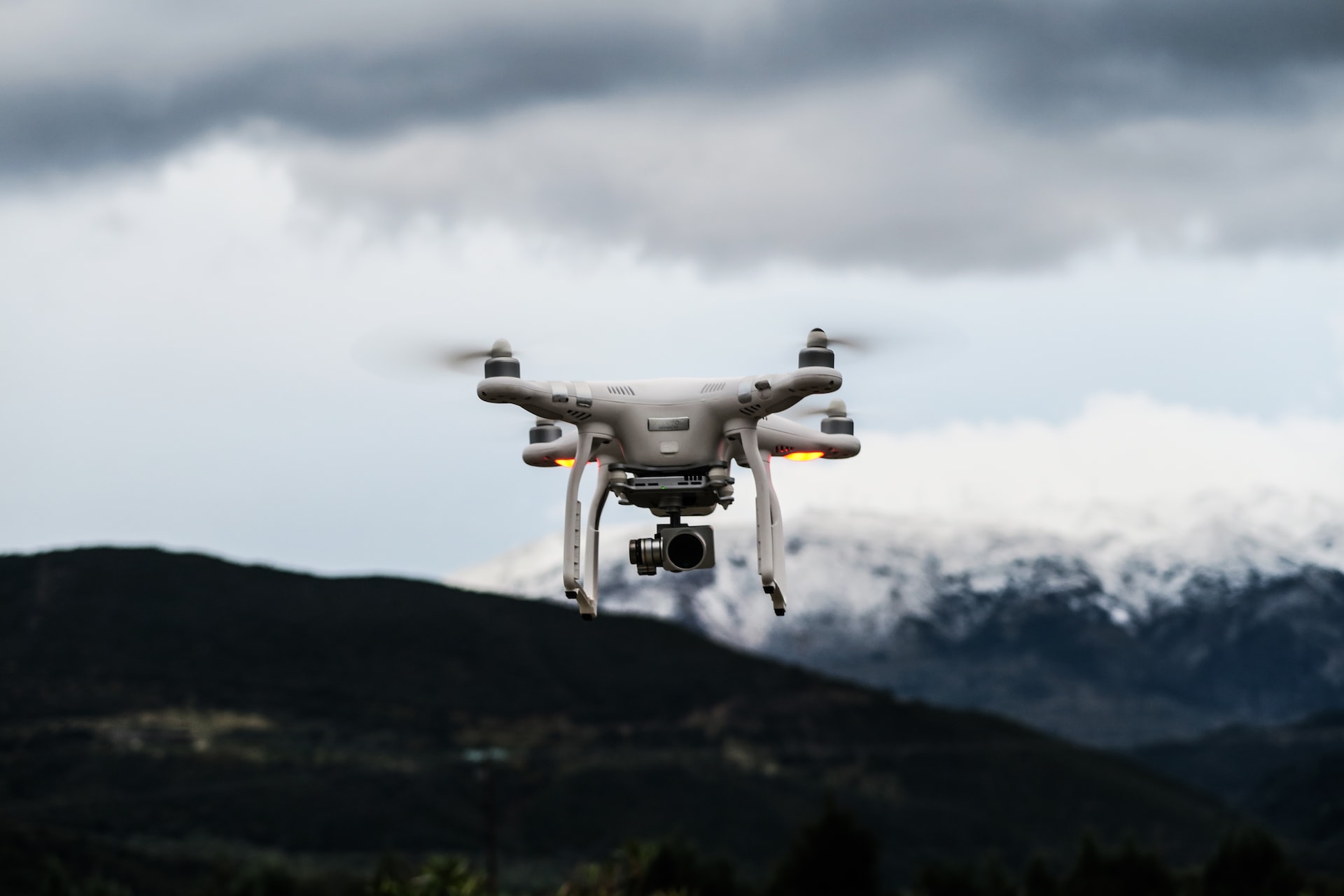Drones for Emergency Response: Saving Lives and Property

Drones, also known as Unmanned Aerial Vehicles (UAVs), have been increasingly used in various industries and applications in recent years. One of the most promising applications of drones is in emergency response, where they can provide real-time aerial surveillance and reconnaissance to help save lives and protect property.
Advantages of Using Drones for Emergency Response
Rapid Deployment
In an emergency situation, time is of the essence. Drones can be quickly deployed to the scene and provide an aerial view of the situation within minutes. This allows emergency responders to quickly assess the situation and make informed decisions on how best to proceed.
Real-Time Surveillance
Drones equipped with cameras and other sensors can provide real-time surveillance of the emergency scene. This information can be used to track the spread of a fire, monitor hazardous chemical spills, or locate missing persons. The aerial view provided by drones can also give emergency responders a better understanding of the situation and help them make informed decisions.
Access to Dangerous Areas
In some emergency situations, it may be too dangerous for humans to enter the affected area. Drones can be used to safely access these areas and gather critical information. For example, drones equipped with heat sensors can be used to locate trapped individuals in a burning building or detect gas leaks in a hazardous area.
Cost-Effective
Compared to traditional aerial surveillance methods, such as helicopters and fixed-wing aircraft, drones are much more cost-effective. This makes them a valuable resource for emergency responders, who can use them to gather crucial information without having to incur significant expenses.
Increased Safety for Responders
By using drones for aerial surveillance, emergency responders can reduce their exposure to hazardous situations. This helps to protect their safety and allows them to focus on their primary mission of saving lives and protecting property.
Disadvantages of Using Drones for Emergency Response
Technical Limitations
While drones have come a long way in recent years, there are still some technical limitations that need to be addressed. For example, current drones have limited battery life, which can limit their ability to fly for extended periods of time. In addition, drones can be affected by weather conditions, such as strong winds and heavy rain, which can make it difficult to gather accurate information in some emergency situations.
Privacy Concerns
The use of drones in emergency response can raise privacy concerns, particularly when they are used to monitor large crowds or sensitive areas. In these cases, it is important to ensure that the use of drones is done in a manner that respects individual privacy and is consistent with applicable laws and regulations.
Regulatory Challenges
The use of drones in emergency response is regulated by the Federal Aviation Administration (FAA) in the United States. This can make it difficult for emergency responders to quickly deploy drones in an emergency situation, as they must comply with a complex set of rules and regulations. In some cases, emergency responders may also face opposition from local residents or organizations who are concerned about the use of drones in their communities.
Conclusion
Drones have the potential to revolutionize the way emergency responders respond to emergencies. By providing real-time aerial surveillance and reconnaissance, drones can help to save lives and protect property. However, there are also some challenges that need to be addressed, such as technical limitations, privacy concerns, and regulatory challenges. As drone technology continues to advance, it is likely that these challenges will be overcome, and drones will become an even more valuable resource for emergency responders.





